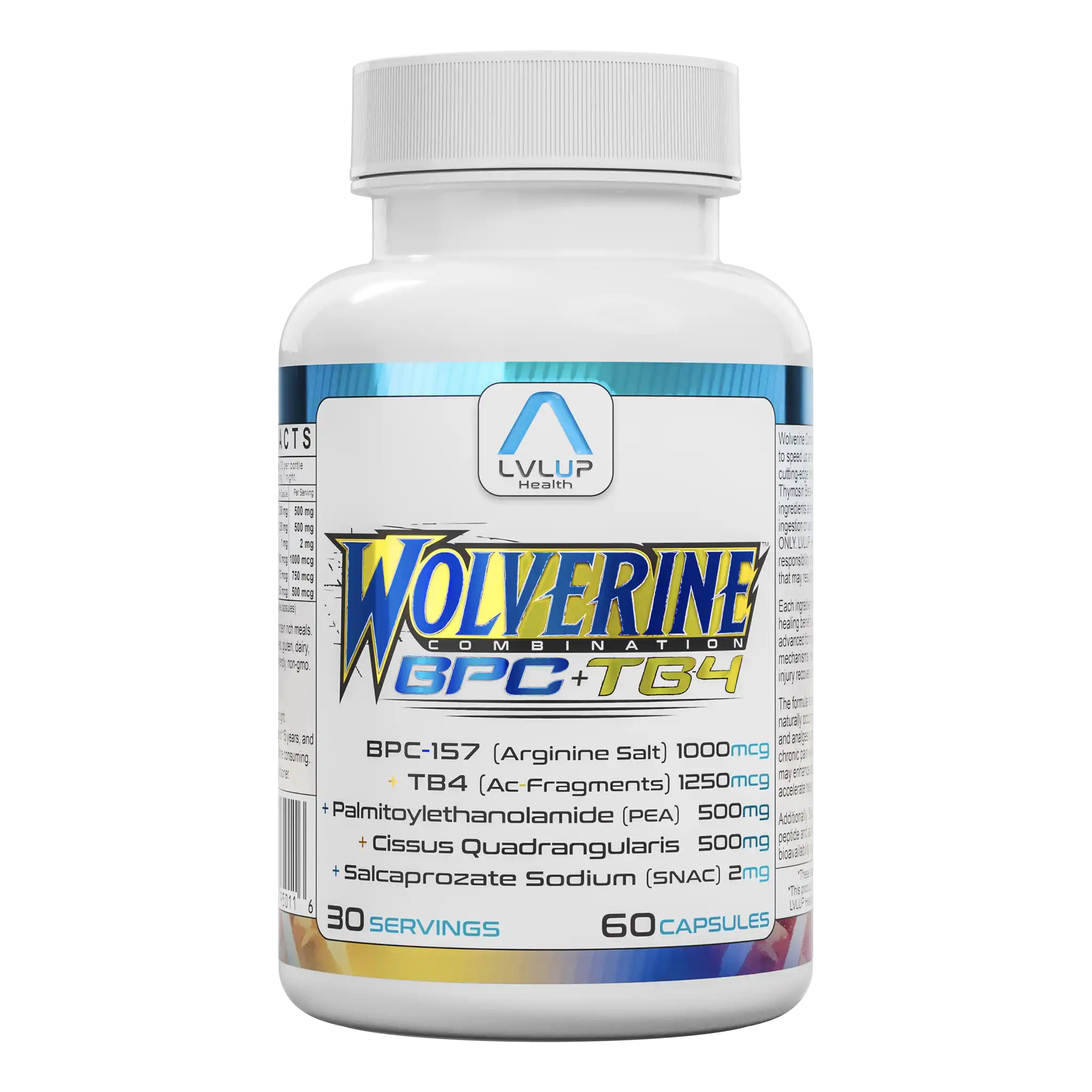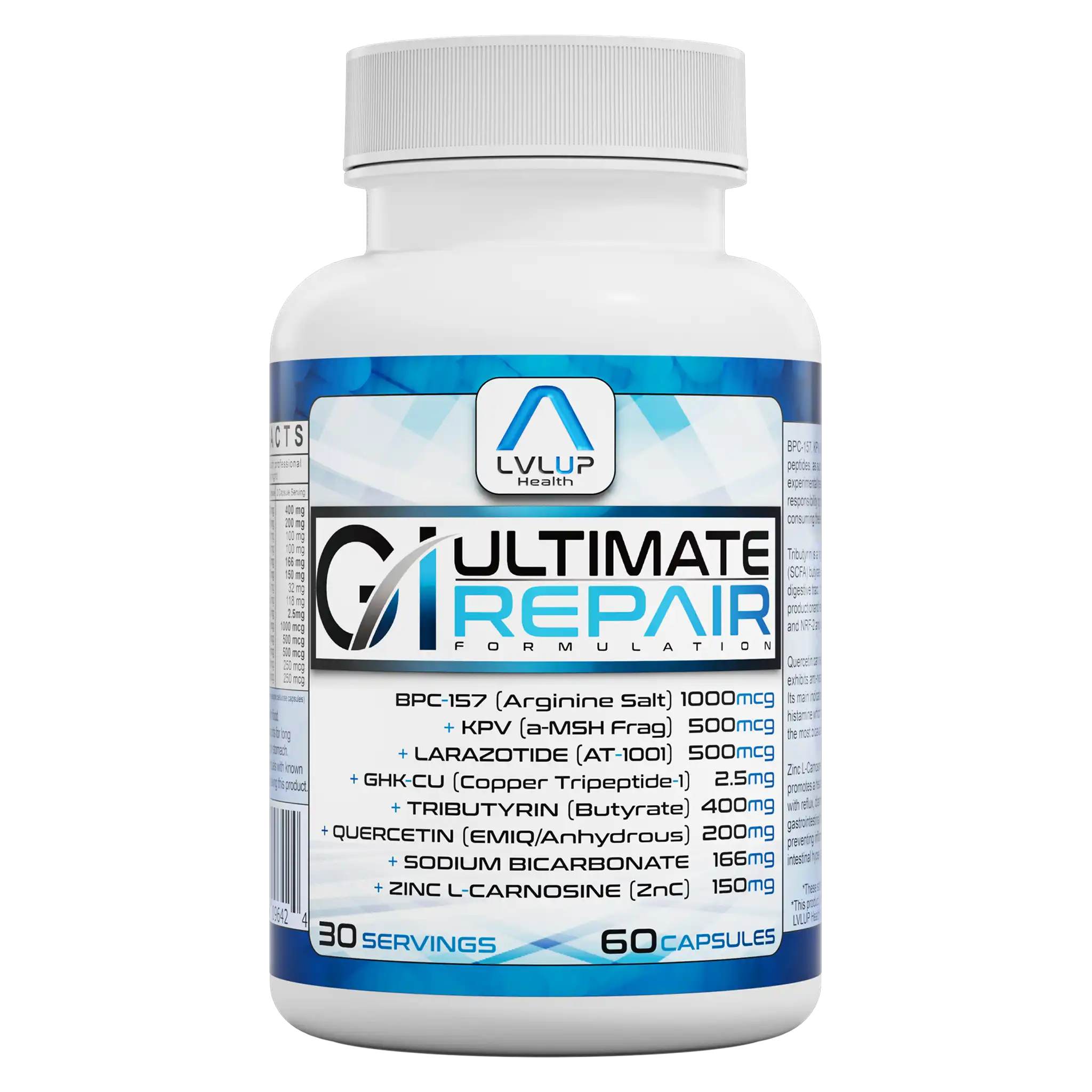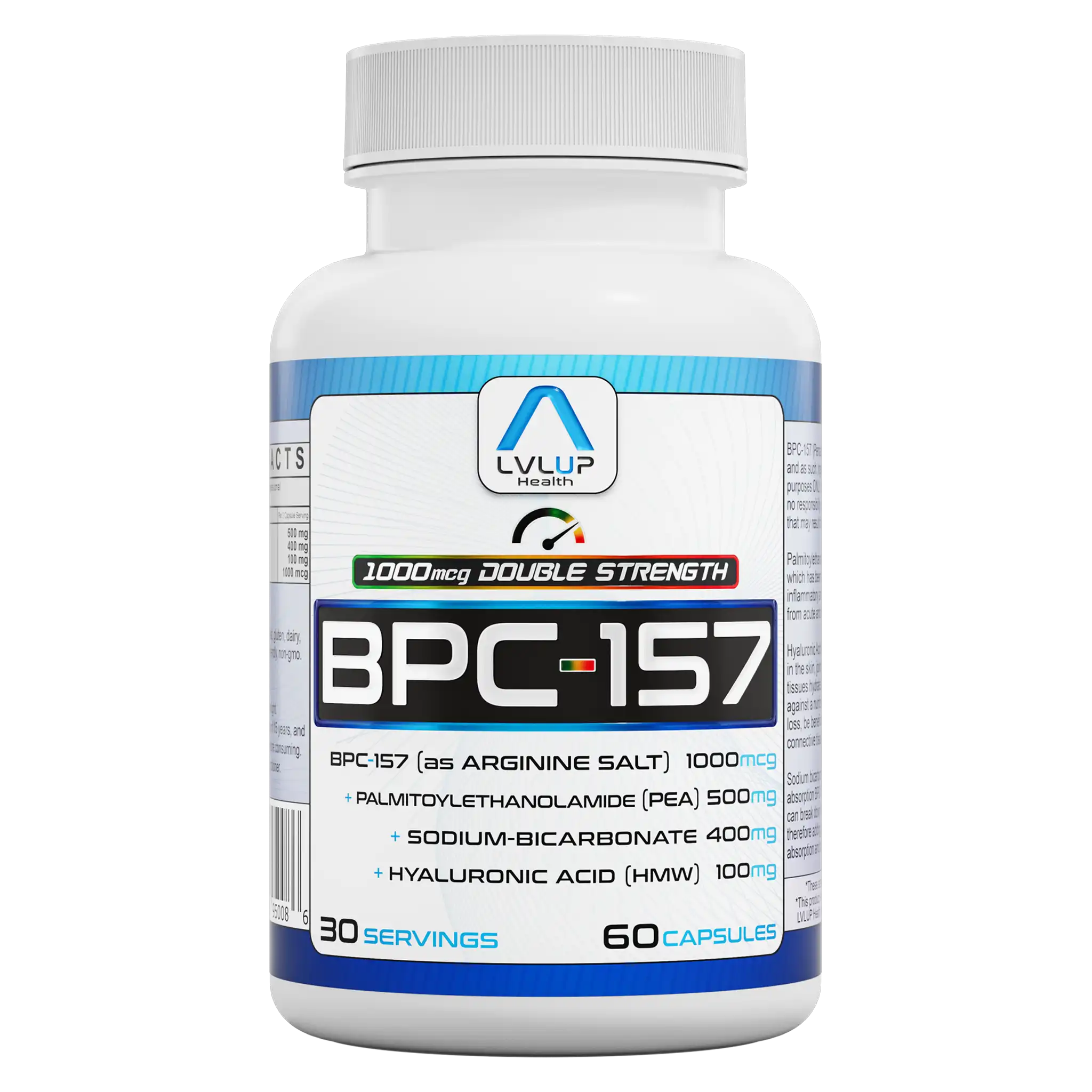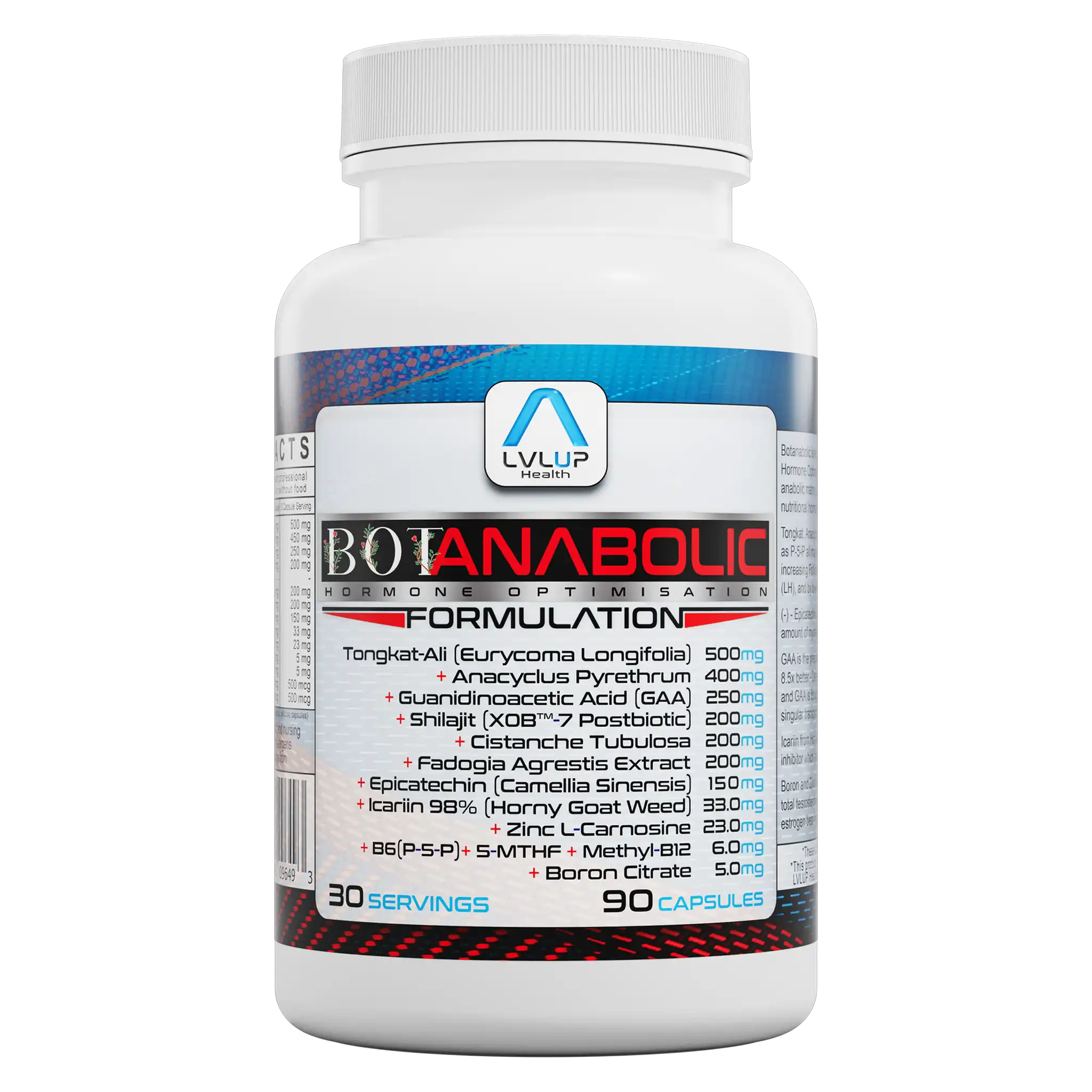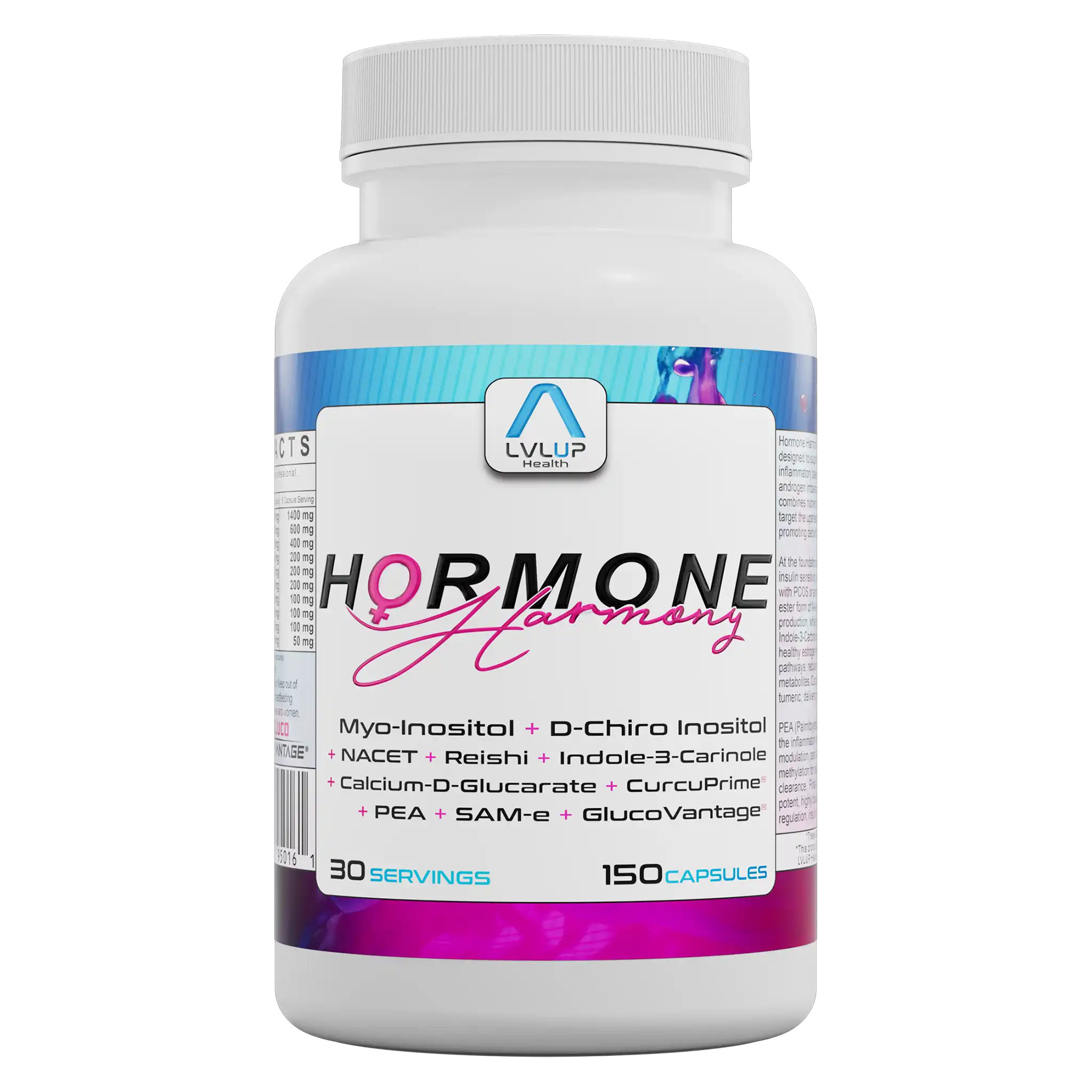SAMe
About SAMe
Natural Origin
SAMe is a naturally occurring compound your body crafts from methionine, an essential amino acid you get from food. Once made, SAMe steps into its main role as a methyl donor – it hands off tiny chemical groups called methyl groups to other molecules. This simple action is surprisingly powerful: it tunes gene expression, builds neurotransmitters like serotonin and dopamine, and helps keep the liver running smoothly.
Why People Use SAMe
People turn to SAMe for several reasons. In biohacking circles, it gets attention for its impact on mood and cognitive function. Researchers have studied it in connection with joint comfort and liver health. In supplement formulas aimed at hormonal wellness, SAMe’s role centers on supporting balanced methylation – a pathway closely tied to stress response, detoxification, and hormone metabolism.
Long-term Benefits
Unlike some classic vitamins or minerals, SAMe’s effect can be subtle but accumulates over time. Its inclusion in daily protocols reflects growing recognition of how critical methylation is for healthy aging and resilience.
Found In
Formulated With
Detailed Information
Biosynthesis and Function
S-Adenosyl Methionine (SAMe) is synthesized enzymatically by methionine adenosyltransferase (MAT) from ATP and L-methionine within the cytosol of most mammalian cells. It serves as the principal biological methyl donor for transmethylation reactions involving nucleic acids (DNA/RNA methylation), proteins (including histone modification), phospholipids, catecholamines, and secondary metabolites. Following donation of its methyl group by methyltransferases (such as DNMTs or COMT), SAMe converts to S-adenosylhomocysteine (SAH), which must be hydrolyzed to homocysteine for efficient methyl group cycling.
Metabolic Pathways
The methionine/SAM cycle interfaces directly with folate metabolism via 5-methyltetrahydrofolate-dependent methionine synthase, forming a key regulatory nexus for redox balance and remethylation homeostasis. Aberrations in SAMe availability are implicated in dysregulated epigenetic signaling, aberrations in monoamine neurotransmitter synthesis (especially serotonin and dopamine), impaired glutathione synthesis via transsulfuration pathways, and subsequent hepatic or neurological dysfunctions. Pharmacological administration of exogenous SAMe elevates tissue pools independent of dietary methionine or B-vitamin status but may alter homeostatic feedback mechanisms including glycine N-methyltransferase activity.
